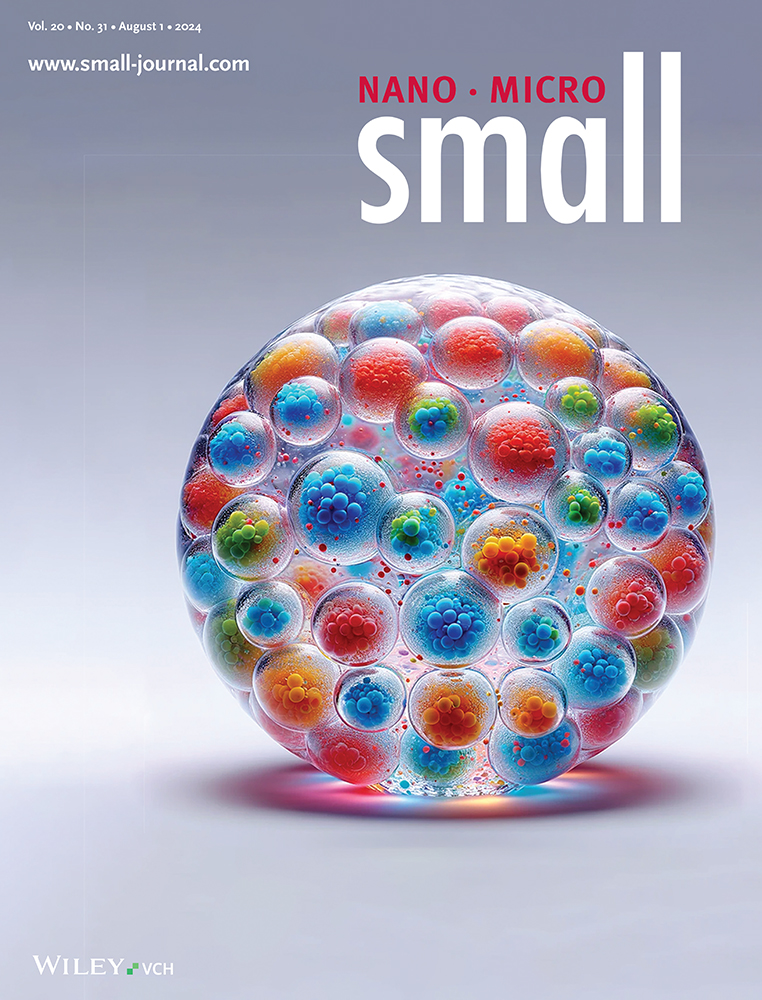Electrosynthesis of H2O2 Promoted by π–π Interaction on a Metal-Free Carbon Catalyst
Abstract
The synthesis of hydrogen peroxide (H2O2) through electrocatalytic oxygen reduction reaction is an ideal alternative to the current energy-intensive anthraquinone process, but developing cost-effective and high-efficiency electrocatalysts is still challenging. Herein, a metal-free graphitic carbon nitride/carbon nanotube (g-C3N4/CNT) hybrid catalyst can enhance H2O2 production via π–π interaction is reported, achieving almost unity (97%) H2O2 production at 0.57 V with high selectivity of over 92% across the wide potential range from 0.6 to 0 V. Other carbon materials with weak interaction with g-C3N4, such as acetylene black and super P, show markedly weakened H2O2 production, indicating the importance of π–π interaction. Electron transfer kinetic analysis combined with density functional theory calculations indicates that the synergistic effect between g-C3N4 and CNT enhances electron transfer and O2 activation between g-C3N4 and CNT, leading to enhanced H2O2 production performance. This work provides a complementary approach for H2O2 production from oxygen reduction besides introducing oxygenated groups or heteroatom doping into carbon materials.
Conflict of Interest
The authors declare no conflict of interest.
Open Research
Data Availability Statement
The data that support the findings of this study are available in the supplementary material of this article.




